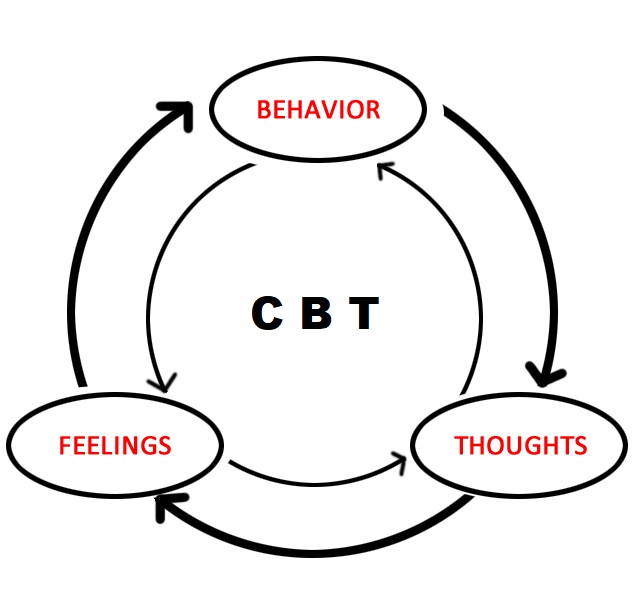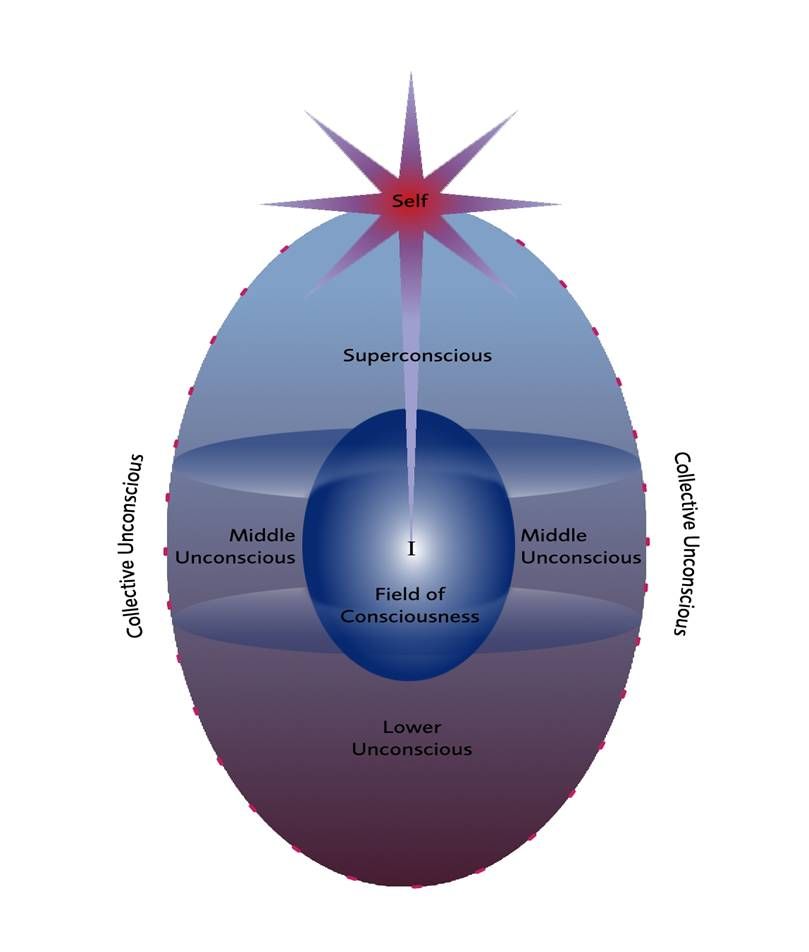My psychotherapeutic work is influenced by the following approaches:

COGNITIVE BEHAVIOUR THERAPY (CBT)
COGNITIVE BEHAVIOUR THERAPY (CBT) supports you to challenge emotional patterns and beliefs and replace unhelpful beliefs with more realistic and helpful thoughts, thereby reducing emotional distress and self-defeating behavior. CBT may refer to different interventions, including relaxation, coping strategies, challenging avoidance, goal setting and interpersonal skills development.
ACCEPTANCE AND COMMITMENT THERAPY (ACT)
ACCEPTANCE AND COMMITMENT THERAPY (ACT) aims to increase psychological flexibility, through accepting and witnessing thoughts, feelings, sensations, memories, rather than controlling or changing them. ACT also uses practices that assist you to get in contact with a transcendent sense of self known as “self-as-context”—the you that is always there observing and experiencing and yet distinct from your thoughts, feelings, sensations, and memories. ACT aims to help you clarify personal values and to develop goals and take action on them, bringing more vitality and meaning to life.


DIALECTICAL BEHAVIOUR THERAPY SKILLS
DIALECTICAL BEHAVIOUR THERAPY SKILLS combines CBT with emotional self-regulation and mindfulness practices. Mindfulness is one of the core concepts and considered a foundation for the other skills taught, because it helps you accept and tolerate the powerful emotions you may feel when challenging habits or exposing yourself to upsetting situations. The concept of mindfulness involves the capacity to pay attention, nonjudgmentally, to the present moment; living in the moment, experiencing your emotions and senses fully, yet with perspective.
EYE MOVEMENT DESENSITISATION AND REPROCESSING (EMDR
EYE MOVEMENT DESENSITISATION AND REPROCESSING (EMDR) When a traumatic or distressing experience occurs, it may overwhelm normal cognitive and neurological coping mechanisms. EMDR aims to process these distressing memories, reducing their lingering effects and allowing individuals to develop more adaptive coping mechanisms. This is done in an eight-step protocol that includes having you recall distressing images while receiving one of several types of bilateral sensory input: visual, auditory or tactile, to enable processing, resourcing and perspective shifts.


PSYCHOSYNTHESIS
PSYCHOSYNTHESIS aims to support the blossoming of human potential through both personal growth—personality integration and self-actualization—as well as transpersonal development—that dimension glimpsed for example in peak experiences of inspired creativity, spiritual insight, and unitive states of consciousness. A principal aim is the elimination of the conflicts and obstacles, conscious and unconscious, that block the complete and harmonious development of the human personality.
NEURO-LINGUISTIC PROGRAMMING (NLP)
NEURO-LINGUISTIC PROGRAMMING (NLP) developed models for gathering information and challenging language and thinking patterns, and using hypnotic language to facilitate change in direction of your goals and desired outcomes. The changes are “future paced” by helping you to mentally rehearse and integrate the changes into your life.


HAKOMI
HAKOMI Psychotherapy is informed by five fundamental principles: mindfulness; organicity, or the assumption that people are self-organising systems with natural impulses towards growth and change; non-violence whereby change is not pursued through opposition or force but rather by “going with the grain”; unity, wherein the therapeutic process is participatory, interactive and interdependent; holism of body, mind and spirit where information is constantly flowing throughout the whole interacting system and being expressed through a variety of channels of experience at any one time. At the core of the therapeutic relationship is the mindful and compassionate state of mind of the therapist and the client’s commitment to self-study and self-discovery.
SENSORIMOTOR PSYCHOTHERAPY FOR TRAUMA
SENSORIMOTOR PSYCHOTHERAPY FOR TRAUMA utilises mindfulness and a somatic focus to develop resource states and coping skills, and process trauma experiences. Psycho-educational resources enhance understanding of the neurophysiological and psychological impact of trauma.


